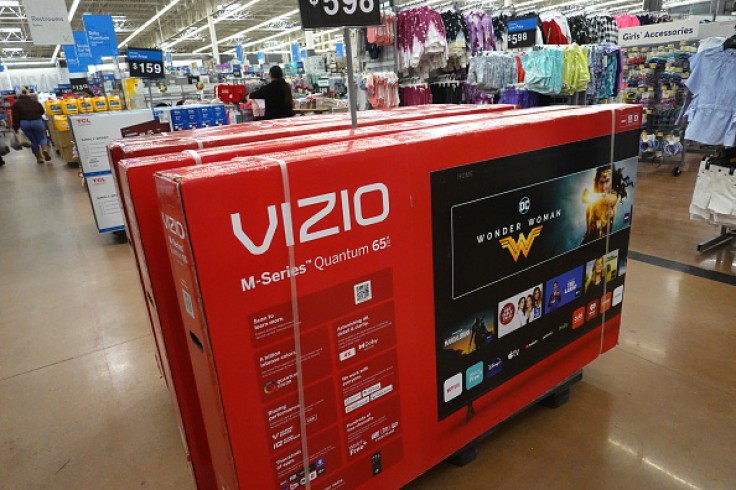Choosing the right TV can sometimes be hard due to all the factors you have to consider. It's not hard to understand why it can be disappointing when you get less of what you expected after you've already paid, which is what Vizio customers are experiencing.

You Might Be Eligible for a Payout
Vizio, a consumer electronics company, has agreed to pay $3 million to settle a class action suit against them, which alleges that it falsely advertised the refresh rates of its TVs. Filed in 2018, it states that the "effective refresh rates" were "false and deceptive."
The TVs were marketed as being capable of up to 120Hz and even 240Hz, but it turns out that most of the TVs were capped at 60Hz. Despite the settlement, the company still denies any wrongdoing, but will effectively stop its advertising practices, as per The Verge.
You could get a piece of the settlement fee, but only if you're eligible for it. To qualify, the TV you bought from the company should have been bought on April 30th, 2014, and beyond. You also need to submit records of ownership like proof of purchase or the serial number.
In addition to that, Settlement Class Members will be getting a limited one-year warranty and enhanced services. As for the filing claim, eligible claimers will have until March 30th to do so to get a payout from the company.
The Importance of Refresh Rates
People who are not familiar with what a refresh rate is and how it contributes to the display of a TV can easily be duped by phrases like "effective refresh rates." Companies like Vizio are only referring to motion smoothing, which aims to reduce motion blur in TVs.
Basically, refresh rate refers to the frequency at which the display is updated on your screen. The higher it is, the smoother the output will be. When the refresh rate is low, the video will appear more like a stop-motion video than what you normally see on other screens.
Some can go as low as 30Hz, but most high-quality TVs can go as high as 144Hz. The number you see is the times your screen can refresh an image per second. That means that a 144Hz screen can refresh an image 144 times per second, as explained by Intel.
This is especially important for gaming if you want a more realistic and immersive gameplay experience. In fact, it serves as a huge factor in FPS games since it relies on who's the quickest to spot and shoot enemies. Having a low refresh rate while fighting off players with high refresh rates can be a pain.
The thing is, we don't really need our monitors or TVs to go beyond 100Hz. The human eye's maximum ability to detect flickers is around 50Hz to 90Hz, as per Healthline, meaning that buying a screen with 240Hz might not be necessary.
The problem with the Vizio TVs is that they are reportedly capped at 60Hz. For those with a keen eye for video quality, they might notice that the performance of the TV is less than what they paid for.









